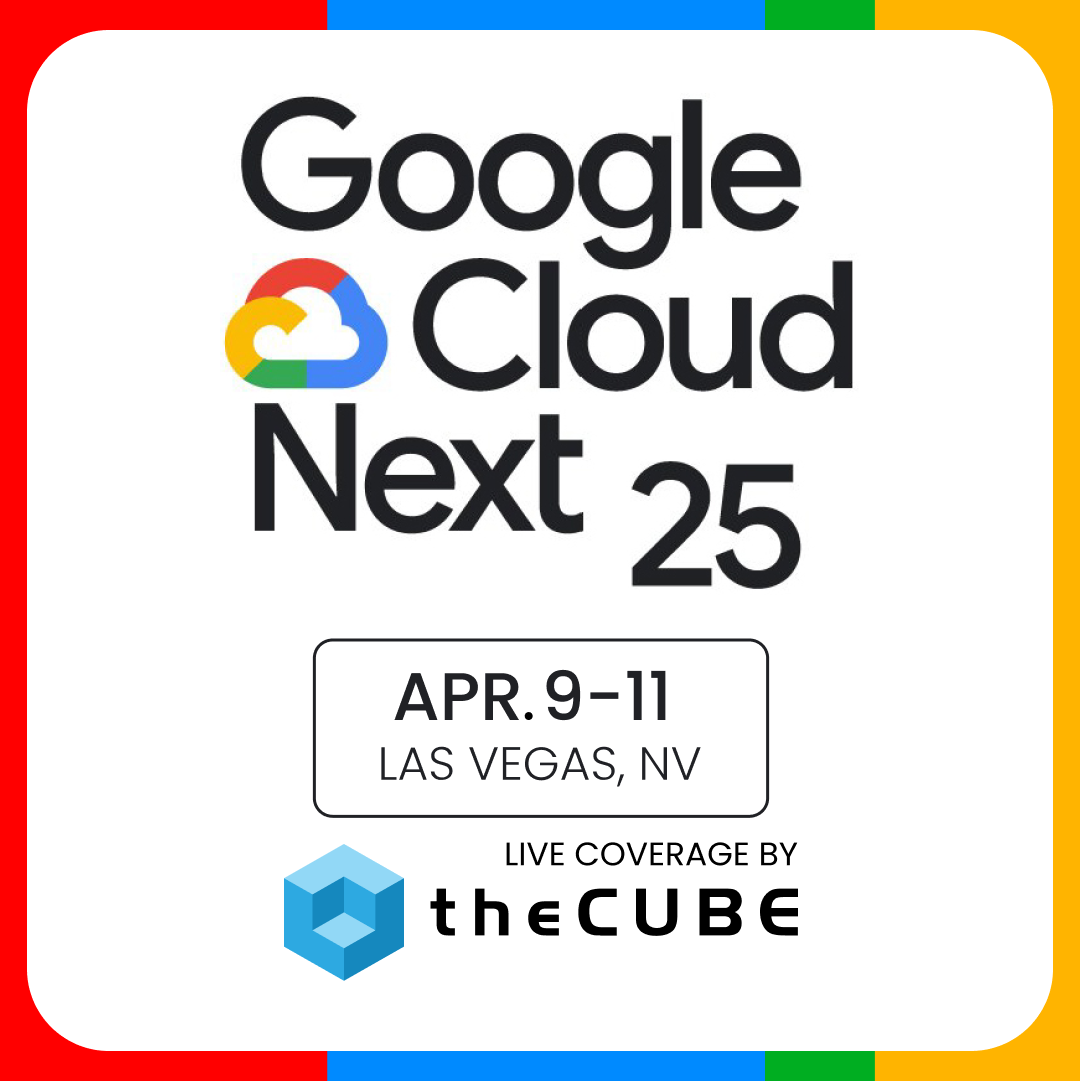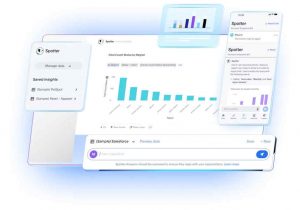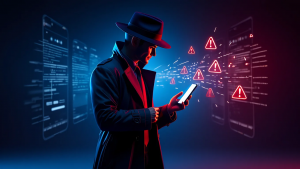Open Power revitalizes IBM | #IBMInterconnect
Citing two quarters of growth, Doug Balog, GM of the IBM Corporation’s Power Systems, said that “2015 is poised to be a great year for the Power platform.” Both Power8 and the Open Power Foundation have helped IBM become an active player in a turbulent IT marketplace.
Moore’s Law, Gone Forever
Open Power, said Balog, was founded based on the idea that “the days of Moore’s Law are gone.” With Moore’s Law — the idea that hardware would double in capacity every two years — by the wayside, IBM recognized that it needed to “think differently about application gains” and build an “open source platform for the next generation of cloud.” The goal, he said, was to bring the “open source software model into the hardware business.” So far, the Open Power Foundation has blossomed. Balog announced excitedly that membership in the Open Power Foundation has grown from four to one hundred in just under a year.
For the App Ecosystem
One of IBM’s “fundamental decisions” was that it was essential to offer the ability to have a basic platform that was “the same the same the same.” It’s why, Balog explained “apps written on Linux on Intel will move without change to Lunix on Power8.” Previously, he added “it used to be a pay to port model, now, porting is the easy part.” Balog cited Redis Labs in particular, as a company that has “optimized around Power8 with Linux” to take advantage of “more memory, faster memory, [and] faster access to data.”
Aiming for Big Data
Another factor in the decision to form the Open Power Foundation, explained Balog was the need to “address big data needs.” “Power is a great choice,” he said, “but we needed to change the way [it was] consumed.” IBM, he said, is “opening up the aperture through open power foundation — building out the ecosystem and star bursting the benefits of Power.”
This has particular benefits for companies looking to leverage Big Data asserted Balog, commenting: “The sweet spot for Power in the marketplace is big data.” The way in which the Power8 processor was designed makes it ideal, Balog said, is for in-memory databases and for harnessing unstructured data.
IBM & Open Source
In an age of “coopitition”, IBM is leveraging open source to further customer innovation and differentiation. Open Power, Balog said, has particularly caught on in the Asian market where Original Design Manufactures “are are grabbing that firmware to build it for the cloud market.” In China, he said, clients use Open Power because it’s “completely transparent.” And when it comes to security, it’s easy to “completely see what code is deployed.” This is of particular importance in China, he said, “because of the focus on local IT and security.”
For IBM, Balog stressed, “open source does win at the end of the day.” The excitement around Open Power is tangible, he said, because “this thing is star busting out without IBM having to shepherd it out.”
Watch the full interview below, and be sure to check out more of SiliconANGLE and theCUBE’s coverage of IBM InterConnect.
A message from John Furrier, co-founder of SiliconANGLE:
Your vote of support is important to us and it helps us keep the content FREE.
One click below supports our mission to provide free, deep, and relevant content.
Join our community on YouTube
Join the community that includes more than 15,000 #CubeAlumni experts, including Amazon.com CEO Andy Jassy, Dell Technologies founder and CEO Michael Dell, Intel CEO Pat Gelsinger, and many more luminaries and experts.
THANK YOU















